Enphase Energy has presented results for the first quarter of 2018, with the company reaching the higher end of guidance and closing at $70 million in revenues, but also its Chief Financial Officer (CFO) Bert Garcia announcing his departure.
Over the past few years, Enphase has seen struggle due to intense competition. Last year the company let go 18% of its staff and also saw three founding members, including CEO Paul Nahi, leave. Garcia’s successor has not yet been announced but an external process of finding a replacement is under way.
Financial results were more positive. First quarter revenues showed a 28% year-over-year increase to $70 million, and Enphase shipped 611,000 microinverters, enough to power 180MW-DC of solar installations, during the quarter. And while the company still reported a -3.5% operating margin and a net loss of $5.1 million, this is tremendous progress compared to a year ago.
Cash flow in February was further secured through a $20 million private equity investment and CEO Kothandaraman highlights that Enphase has reached an important milestone in providing $3.4 million in cash from operations and $2.3 million in positive cash flow.
So far this year Enphase has already rolled out its IQ7 model in the US and Indian market, with expected global spread throughout the year. Enphase also announced a strategic partnership with module maker Solaria, which it hopes will boost sales.
Even though the beginning of 2018 looks promising at first glance, the company has seen some worrying years in the past, facing fierce competition in the power electronics market for residential PV arrays. Companies like SolarEdge and Fronius have increased their presence in the residential inverter market using rival string inverter technology.
Although microinverters can improve a system’s power yield they are also associated with a higher price point, since a system based on microinverters requires as many inverters as it has modules. The second association that is often made and potentially impedes sales, is that inverters are notorious failure points in any PV system, and the larger the number of inverters the larger the number of potential failure points.
Additionally, as microinverters are usually placed on the backside of a module that sits on the roof, they are very hard to reach. This led manufacturers to improve their warranty periods to up to 25 years, much longer than warranties for most string inverters. Furthermore, if one microinverter fails, the rest of the system can stilloperate, while systems with a string inverter stop working altogether when string inverters fail.
Recently, many energy markets have opened up a means to compensate residential PV owners for energy they feed into the grid in a more lucrative way. Holding produced energy in storage system and selling when tariffs are higher often increases a system’s profitability. With new technologies at hand that allow PVsystem owners to increase their profits on the systems, the higher price of microinverters could potentially be offset.
Enphase is predicting revenues of $72-$80 million in its outlook for the second quarter of 2018.
Correction: This article was corrected at 11:22 AM EST on May 7. The article previously stated that Garcia had been CFO for eight years. That was incorrect and the reference to the length of his tenure has been removed.
This content is protected by copyright and may not be reused. If you want to cooperate with us and would like to reuse some of our content, please contact: editors@pv-magazine.com.
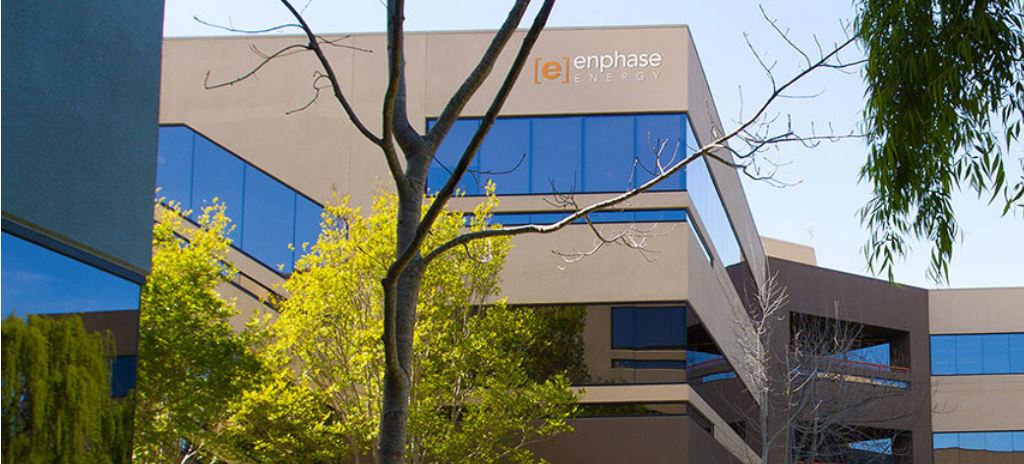
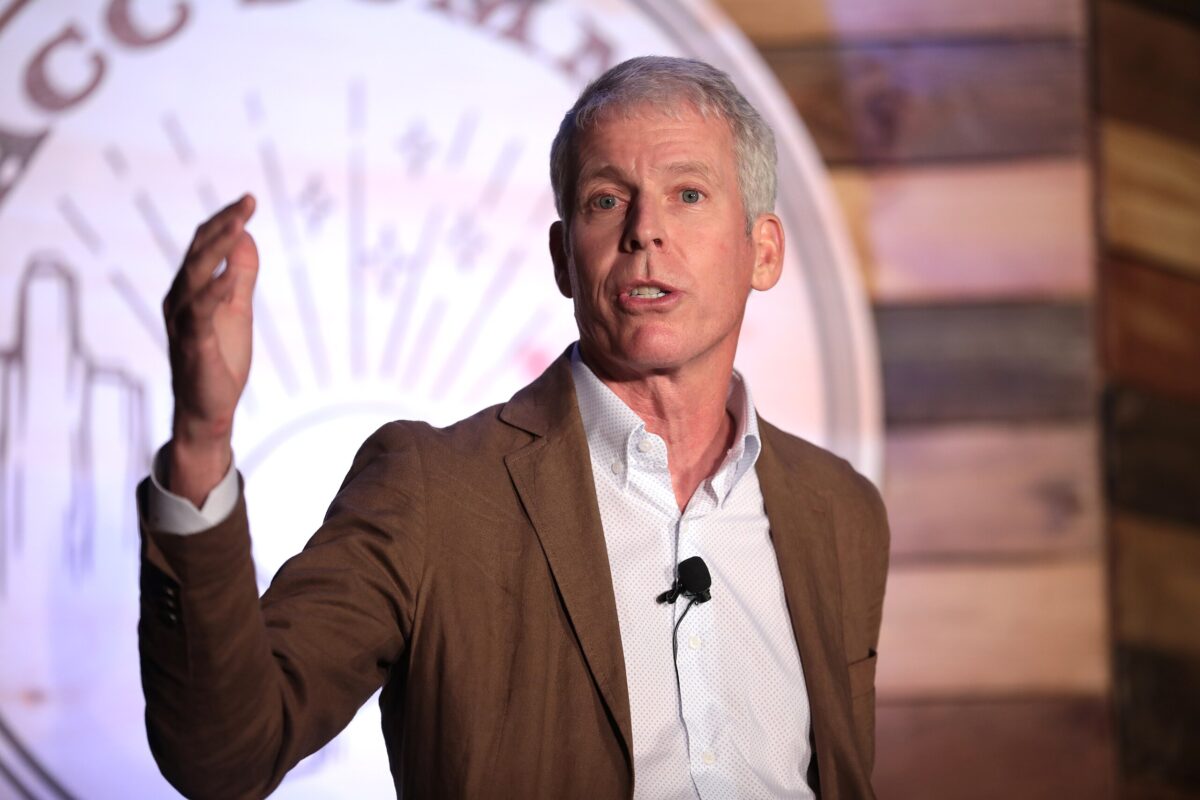




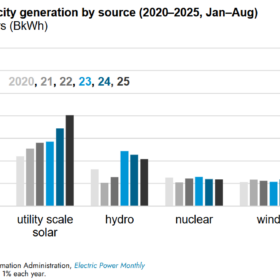
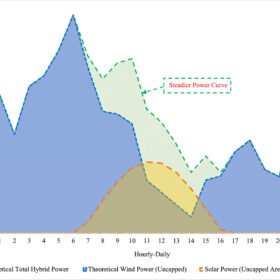
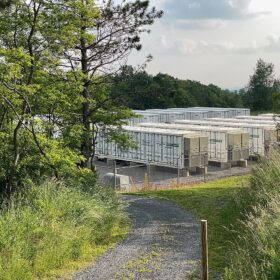
Garcia was not CFO for the past 8 years. He was really brought up as an interim CFO when the prior CFO bailed about 2 years ago.
Thank you for alerting us to this error. The article has been corrected.
I installed my own solar setup a few years back. When trying to find the simplest product to install with the longest warranty i chose Enphase M215 microinverters.
They have been working flawlessly. I may have paid more but that “higher price point”, i believe, is associated with a superior product. Not to mention the costs are coming down every year. I saw the same inverters on sale at RENVU for like 25.00ea when bundled with panels. Thats ridiculously cheep when you consider the value proposition of 20% faster installation and 25 year warranty. I understand if you can’t get on your roof easily, but I can and will, when it’s convenient for me. I even have a spare collecting dust.